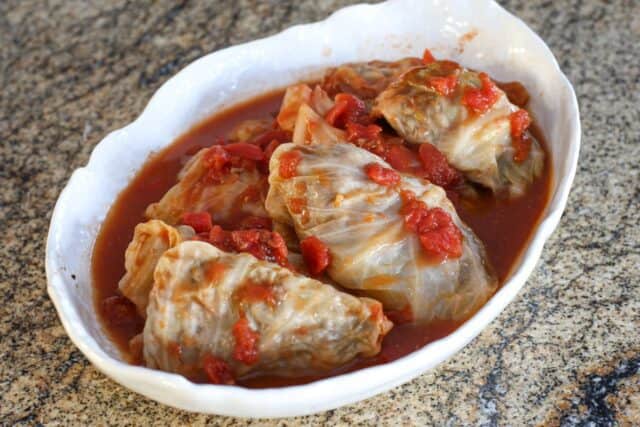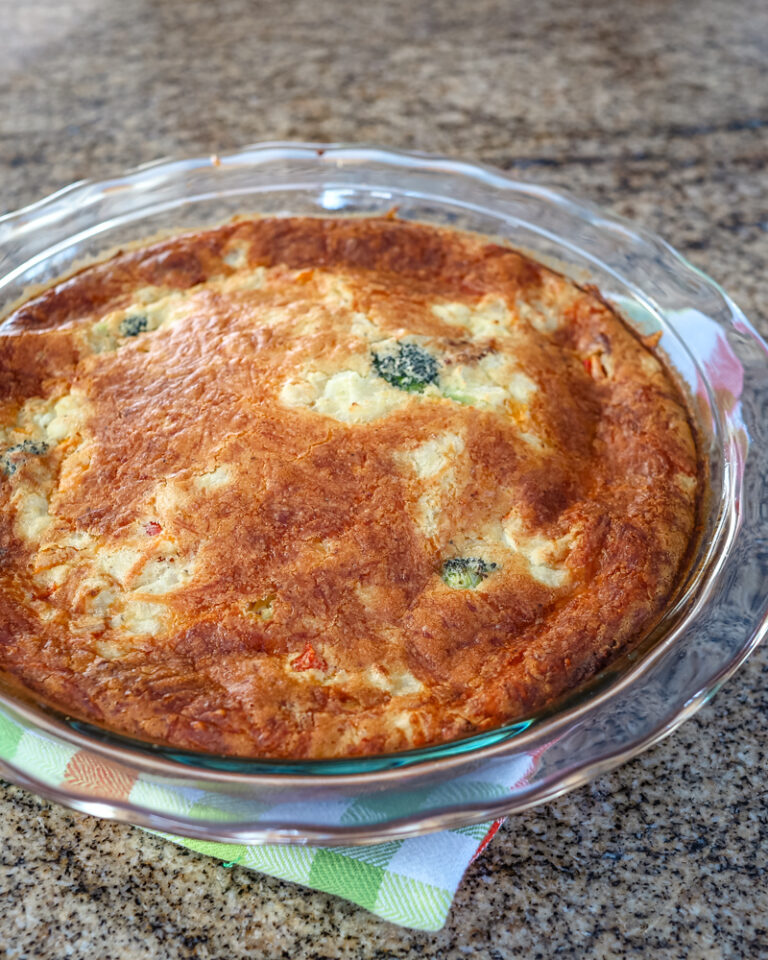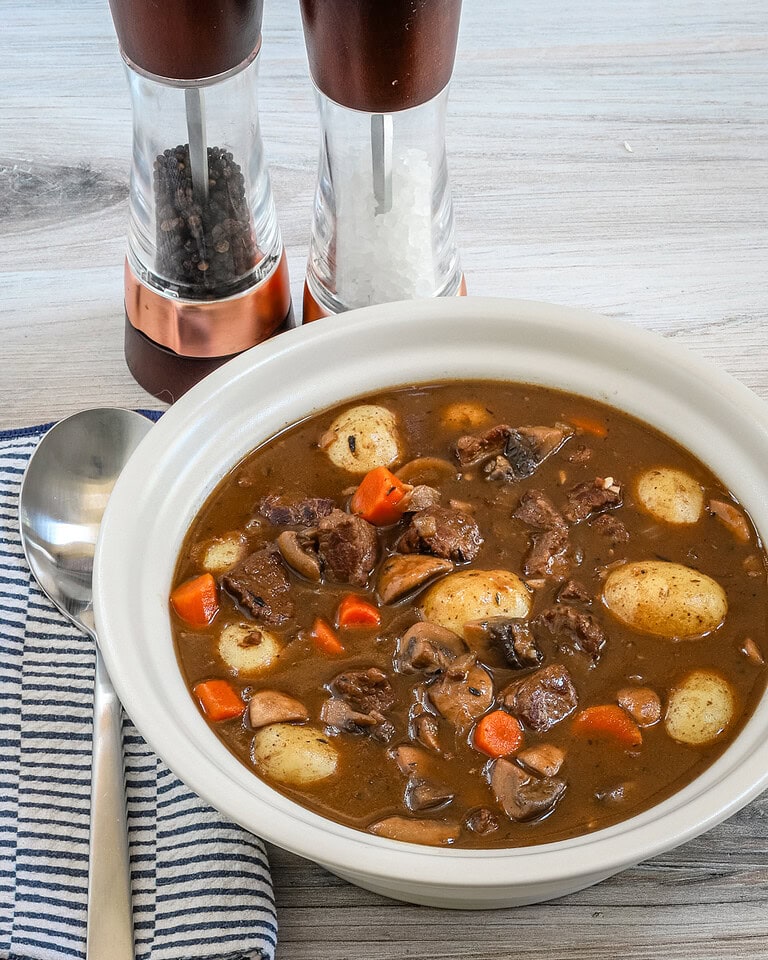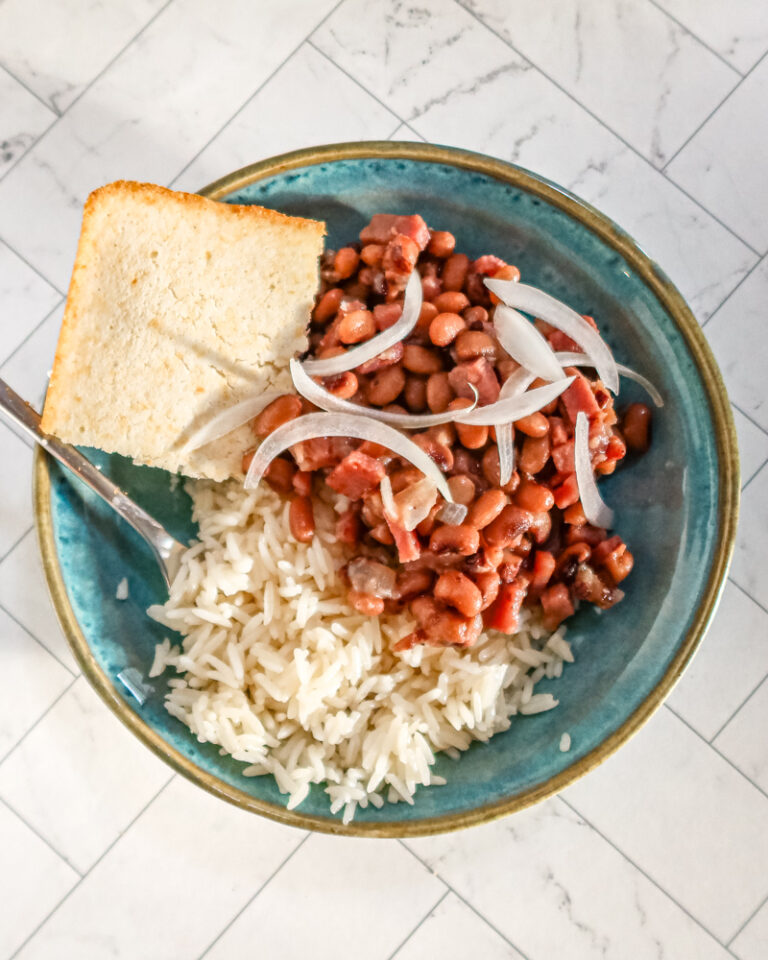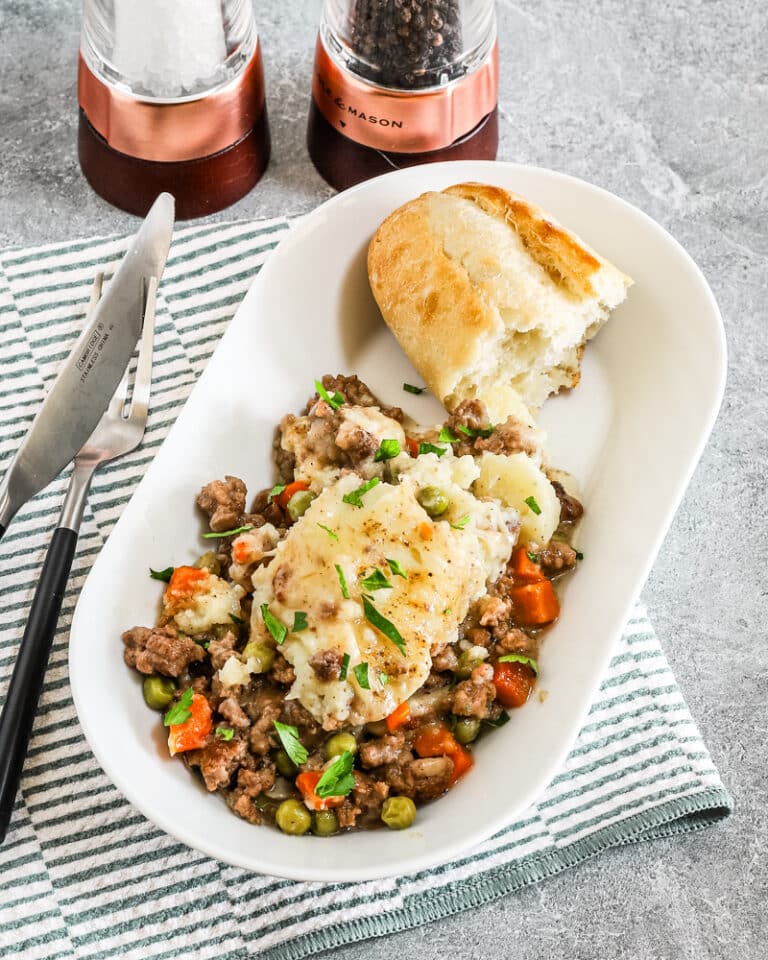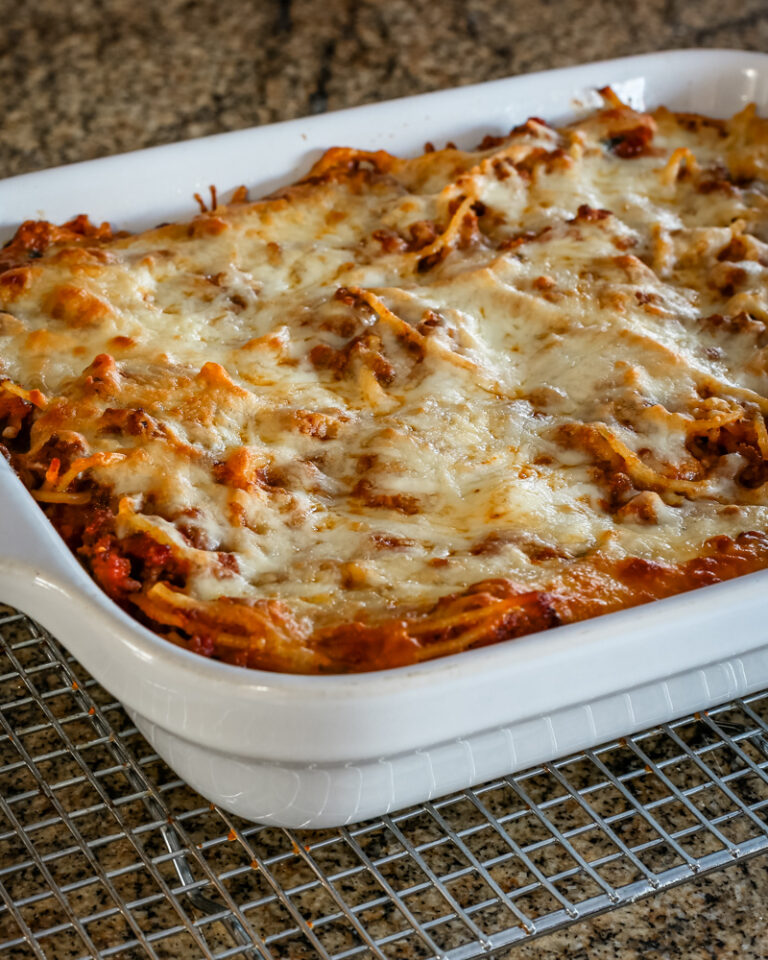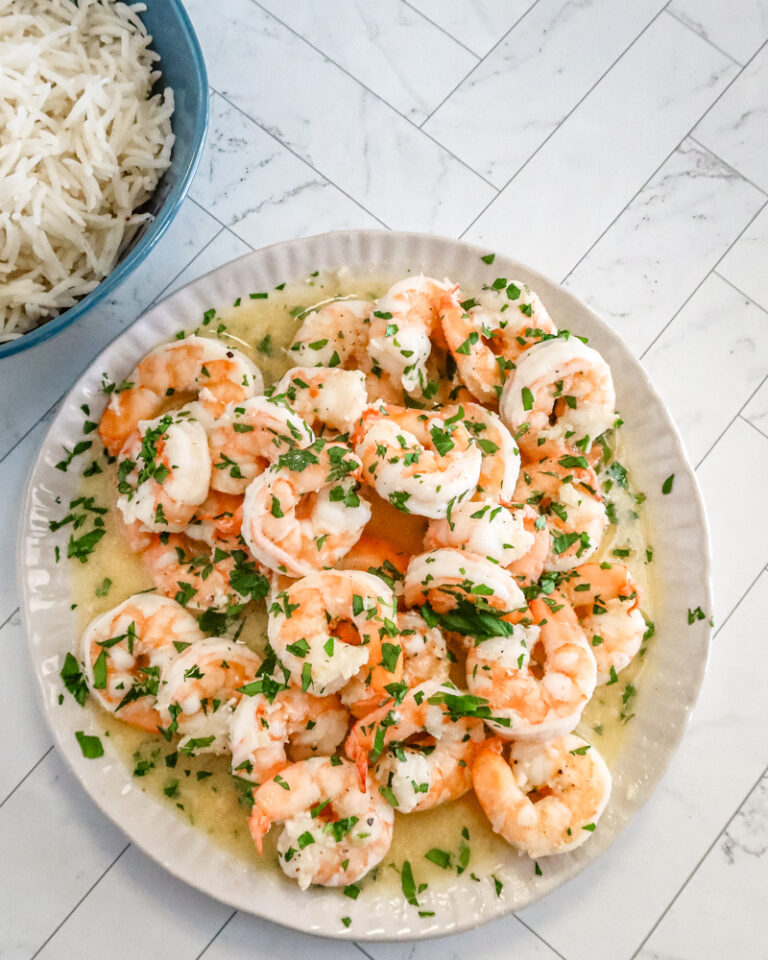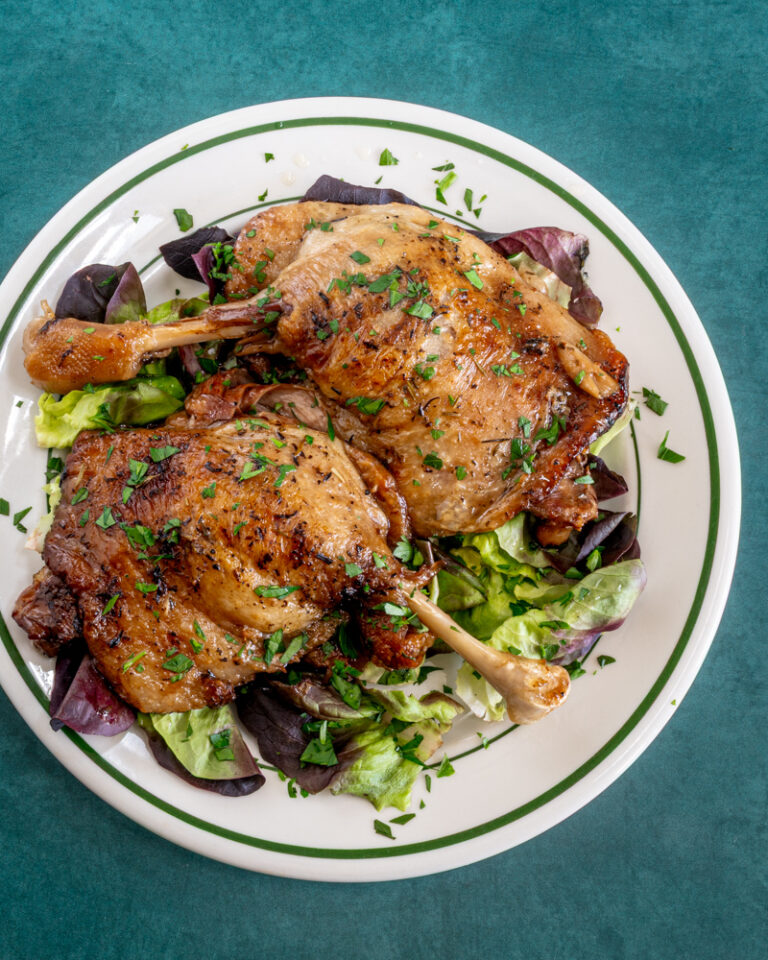Stuffed Cabbage Rolls
Enjoy this classic family comfort food: stuffed cabbage rolls. Ground meat, cabbage leaves, and a tasty tomato sauce.
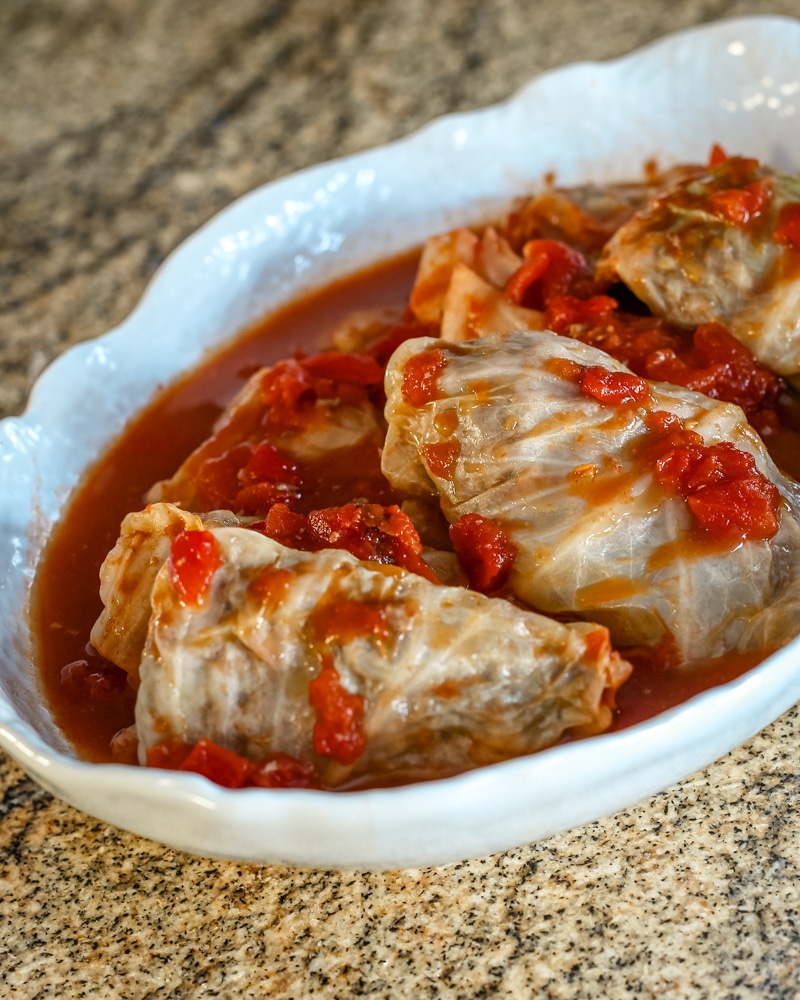
Cabbage rolls are one of our favorite family meals. Perfectly seasoned ground meat is wrapped in cabbage leaves and cooked in a slightly sweet and tangy tomato sauce. This version is one of my favorite recipes. My mother always add a dash of cinnamon to the sauce, and I sometimes do the same.
You can easily adapt the recipe to suit your preferences, whether you prefer all ground beef or a lighter option like ground turkey. It’s a satisfying, old-fashioned dish that feels just right for a Sunday dinner or a cozy weeknight meal.
What You’ll Like About This Dish
Classic comfort food. Hearty, flavorful, and perfect for fall or winter meals with the family.
Make-ahead friendly. Cabbage rolls reheat beautifully and even freeze well for future meals.
Customizable filling. Use beef, pork, turkey, or a combination depending on your taste.
Delicious sauce. The sweet and tangy tomato sauce makes a perfect gravy for potatoes or bread.
Ingredient Notes
- Green cabbage: A large head yields plenty of tender leaves for rolling—boil first to soften.
- Ground beef and pork: The mix adds juiciness and flavor. Substitute turkey or all beef if preferred.
- Rice: Use uncooked instant rice or cooked long-grain rice—both work well.
- Onion: Grated onion blends into the meat mixture; chopped onion adds flavor to the sauce.
- Eggs: Help bind the meat filling together.
- Tomato sauce and diced tomatoes: These form the base of the rich tomato sauce.
- Lemon juice or vinegar: Adds acidity to balance the sweetness of the brown sugar.
- Brown sugar: Adds just a touch of sweetness to the sauce—adjust to taste.
- Cinnamon (optional): A pinch in the sauce adds warmth and nostalgia.
Steps to Make Stuffed Cabbage Rolls
- Boil the whole cabbage until softened, then remove and cool slightly.
- Trim and separate 18 large leaves; reserve extra cabbage for layering or another use.
- Mix ground meats, rice, grated onion, eggs, salt, and pepper in a large bowl.
- Trim the tough rib from each cabbage leaf, fill with meat mixture, and roll tightly.
- Place cabbage rolls seam-side down in a Dutch oven or casserole dish.
- Sauté chopped onion, then add tomato sauce, diced tomatoes, lemon juice, and brown sugar.
- Season sauce with salt and pepper, then pour over the cabbage rolls.
- Cover and bake until tender, uncovering near the end to thicken the sauce.
- Serve warm with mashed or boiled potatoes and your favorite side.
Tips
- Cut a V-shaped notch in the thick rib of each cabbage leaf for easier rolling.
- Layer leftover cabbage leaves on the bottom of the pan to prevent scorching.
- Make the cabbage rolls ahead and refrigerate overnight before baking.
- Add a pinch of cinnamon to the sauce if you like that old-fashioned flavor touch.
Recipe Variations
- All beef or turkey. Use only one type of meat depending on preference or availability.
- No rice. Skip the rice for a lower-carb version—add an extra egg to help bind.
- Add garlic. Stir minced garlic into the filling or sauce for extra flavor.
- Spicy version. Add crushed red pepper flakes or a pinch of cayenne to the sauce.
- Slow cooker method. Assemble as directed, then cook on low for 6 to 7 hours.
Serving Suggestions
- Serve with mashed or boiled potatoes to soak up the tomato sauce.
- Add a vegetable like green beans, peas, or corn for a complete meal.
- Pair with coleslaw or a green salad with vinaigrette.
- Include crusty bread, garlic bread, or dinner rolls for mopping up the sauce.
How to Store and Reheat
Refrigerate: Store leftovers in an airtight container and enjoy within 3 to 4 days.
Freeze: Freeze cooked and cooled cabbage rolls in a freezer container for up to 3 months. Defrost in the refrigerator overnight before reheating.
To Reheat: Place cabbage rolls in a casserole dish, cover tightly with foil, and bake in a 375°F oven for about 30 minutes or until hot throughout.

Stuffed Cabbage Rolls
Ingredients
- 1 large ) green cabbage, large
- 1 pound ground beef, lean
- 1/2 pound ground pork, or more ground beef
- 1/3 cup instant rice, raw, or about 2/3 cup cooked long grain rice
- 1 small onion, grated
- 2 large eggs
- 1 teaspoon salt
- 1/4 teaspoon freshly ground black pepper
For the Sauce
- 1 cup onion, chopped
- 15 ounces tomato sauce
- 2 14.5-ounce cans tomatoes, diced
- 4 teaspoons lemon juice, or apple cider vinegar
- 4 tablespoons brown sugar
- Salt and freshly ground black pepper, to taste
Instructions
- Bring a large pot of water to a boil. Add the head of cabbage and bring back to a boil. Boil the cabbage for 5 minutes, then drain and let cool. When cool enough to handle, trim the cabbage, removing about 1/2 inch of the stem. Carefully remove 18 large leaves and set aside. Set the remaining leaves aside.
- Combine the ground meats, rice, grated onions, eggs, 1 teaspoon of salt, and 1/4 teaspoon of pepper in a large bowl. Mix to blend thoroughly.
- Place a cabbage leaf on your work surface and use a knife to cut the end of the rib out in a v-shape. This will make it easier to roll the leaf. Add approximately 1/3 cup of the meat mixture to the center of the cabbage leaf and roll up, burrito style, tucking the ends in as you roll. Repeat with the remaining leaves and meat mixture.
- Arrange the cabbage rolls, seam sides down, in a Dutch oven or large casserole.
- Heat the oven to 350 F.
Make the Sauce
- In a large saucepan, sauté the chopped onion until translucent. Add the tomato sauce, diced tomatoes, lemon juice or vinegar, and brown sugar. Taste and season with salt and pepper.
- Pour the sauce mixture over the cabbage rolls in the Dutch oven or casserole. Cover the pan or casserole tightly and bake for 1 1/2 hours. Uncover and continue baking for 20 to 30 minutes.
- Arrange the cabbage rolls in a serving dish and serve. Enjoy!
Nutrition
Disclaimer:
Our nutritional information is based on a third-party application that analyzes the ingredients list to determine the values. The information is meant to be helpful, but should be considered an estimate. Values may differ depending on measurements, brands, serving variations, and database availability.

